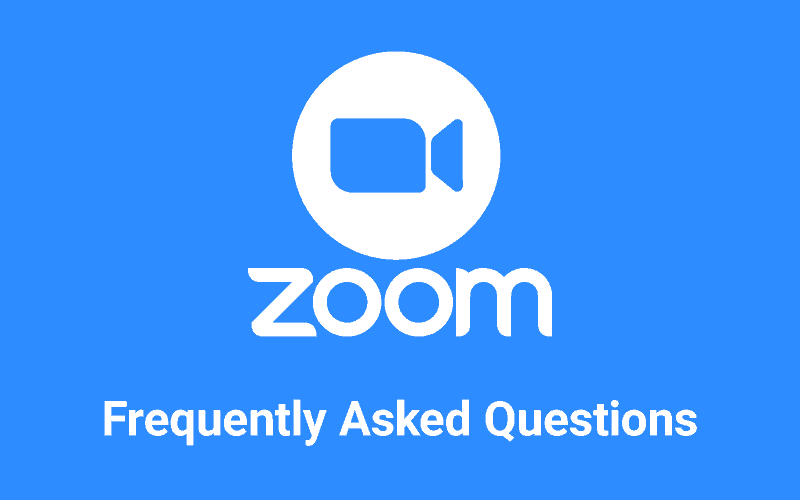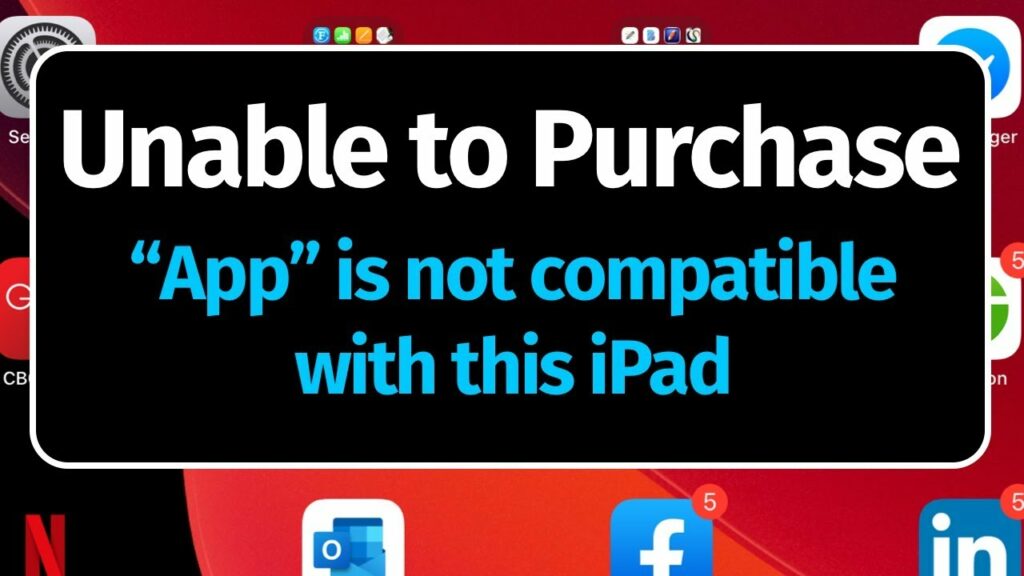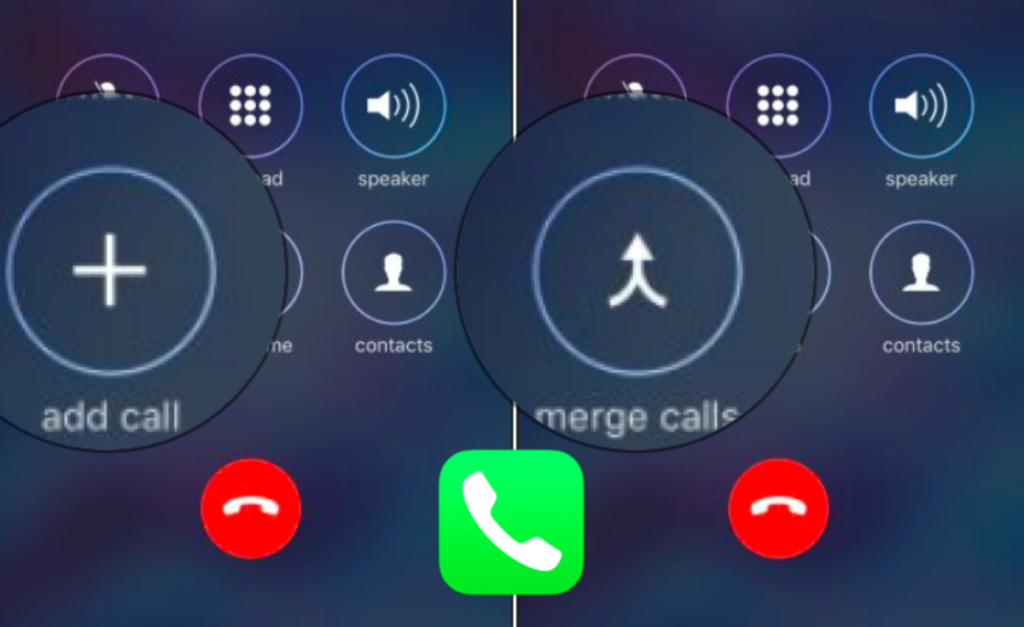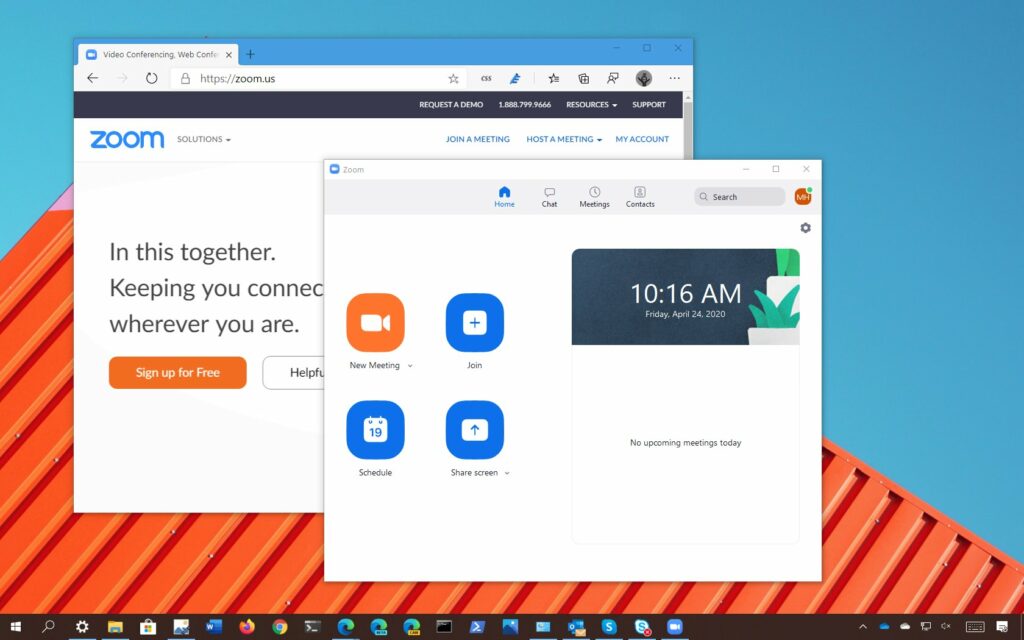Table of Contents
How to Extend Zoom Meeting Time Limit?
If you’ve ever used Zoom’s free tier, you’ve probably encountered the 40-minute time limit. However, you may not know that this limit can be removed during an emergency, such as the COVID-19 pandemic. To resolve this problem, read this article for an explanation of how to extend Zoom’s free-tier time limit. Read more to get information on How to Extend Zoom Meeting Time Limit?
You may also want to consider upgrading your Zoom account to its premium tier if you find the 40-minute time limit to be a hindrance in your daily operations.
Zoom’s free tier has a 40-Minute Time Limit:
The free tier of Zoom allows for up to 40 minutes of continuous video chat. While this can be annoying, it doesn’t limit you from having as many meetings as you like. There are ways to get around this time limit without using up all of your time.
Whether it’s for a meeting or just to relax and chat with friends, Zoom’s time limit will be a major inconvenience for some users. While Zoom’s free tier has no time limit for group calls, it does place a time limit on 1:1 calls.
Prior to this, there was no limit for these calls. But starting in May, Zoom will enforce a universal time limit of 40 minutes. So if you’re planning to meet with just two people, you’ll be able to stay for an extra 40 minutes to discuss the topic you’re working on.
Zoom’s free tier allows for only two Participants:
Zoom’s free tier is perfect for one-on-one meetings. However, the free plan limits you to two participants and a maximum of 40 minutes of video time. The free tier does not allow you to record your meetings. This limit is lifted occasionally, though, usually just for a few days, or during holiday seasons.

In 2020, Zoom is extending its free tier to include unlimited video time, but only up to 100 participants. Users who hold frequent one-on-one meetings will be affected by the free plan. While the free tier is good for two participants, you’re limited to 40 minutes.
In addition, you’re limited to sharing meeting links with other people. This limit is intended to encourage users to upgrade to paid plans. In a recent class-action lawsuit, Zoom settled a class-action lawsuit for $85 million in damages, so the free tier will likely be discontinued soon.
Zoom’s free tier allows for only two participants in a meeting for up to 24 hours:
The free tier of Zoom is limited to two participants per meeting for up to 24 hours, which will be problematic for users who need to hold long meetings. This restriction is designed to encourage users to subscribe to Zoom’s paid tier. A class-action lawsuit against Zoom resulted in an $85 million payout to its customers.
Zoom says it has lifted its cap to help the victims of COVID-19, but this does not apply to all users. With the free tier of Zoom, users can host meetings with two people for up to 24 hours. However, this limitation does not apply to Zoom’s paid tier. It’s worth noting that a Zoom meeting may last for more than 24 hours. The paid tier has no such limitations. Users can record their meetings on their computers or upload them to the cloud.
Zoom’s free tier removes the 40-minute time limit during the COVID-19 Pandemic:
After the COVID-19 virus outbreak forced employees to stay home and slowed down normal business operations in China, Zoom announced that it is eliminating the 40-minute time limit on its free tier, effective from 2 May. As a result, Zoom users and shares have skyrocketed.
The change is a win-win for both Zoom and the Chinese people. Since Zoom is a free tier, schools in different countries have been able to benefit from this new policy. The free plan removes the 40-minute time limit on video chats, which was previously a restriction.
The company supports primary and secondary schools in various countries. The COVID-19 pandemic outbreak has prompted Zoom to support K-12 schools across the world.
Conclusion:
The free tier of Zoom will also remove the 40-minute time limit for all meetings during the COVID-19 pandemic. The 40-minute limit is a major drawback for some users. However, it has become a popular way to hold meetings during a COVID-19 pandemic, and it’s likely to become an essential part of people’s communication workflow.








